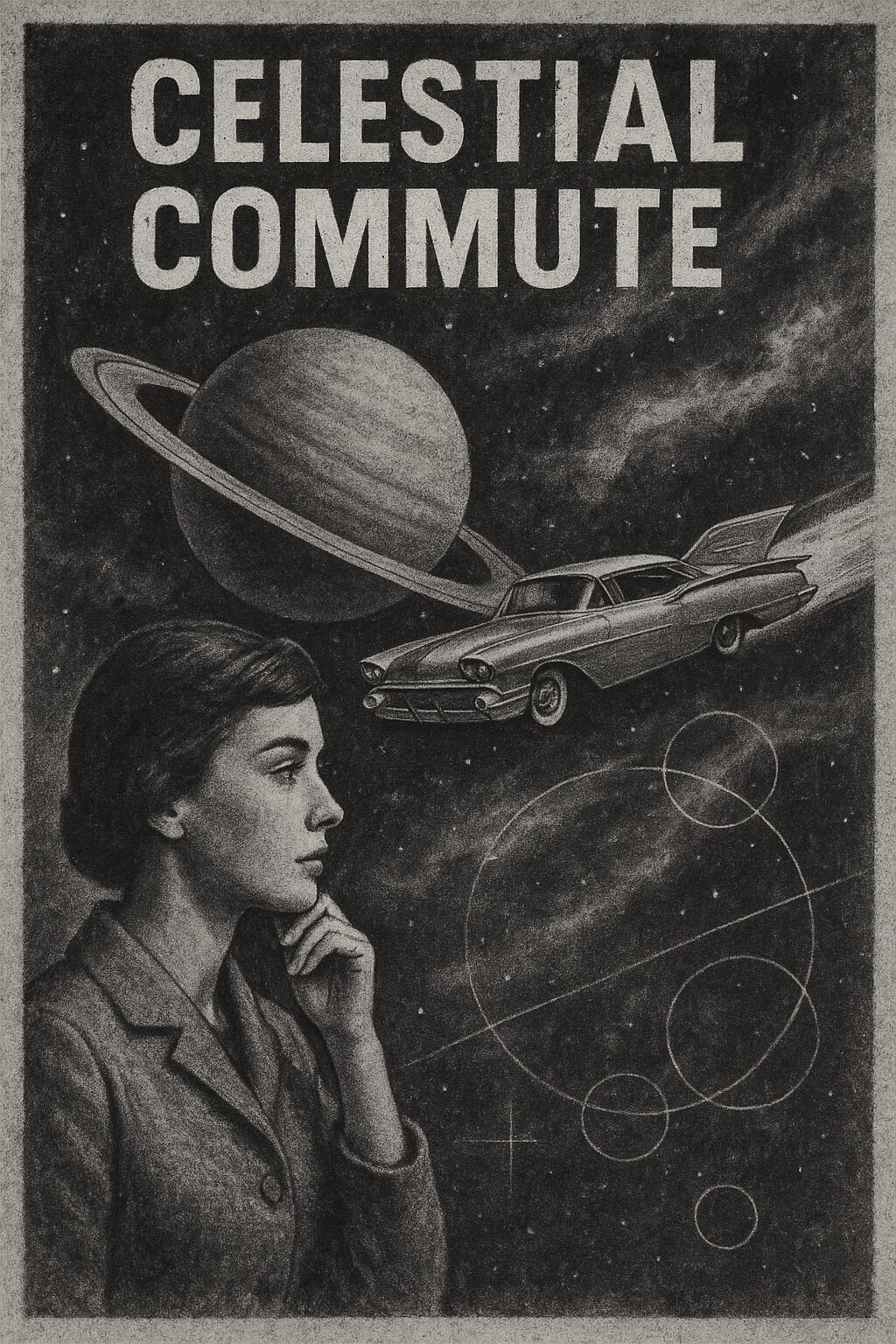Jungle Physicians and Insight Through Ancient Wisdom and Modern Practice
In an age of relentless distraction, the quest for insight—that deep, intuitive understanding of ourselves and our place in the world—has never been more urgent. We seek clarity in a sea of information, purpose in a world of fleeting trends, and connection in an era of digital isolation. The answers, as a series of profound questions suggest, may not lie in the latest technology, but in the timeless wisdom of ancient traditions and the rigorous discipline of practices designed to turn our awareness inward. By exploring indigenous ways of knowing, the offerings of wisdom traditions, the nature of consciousness-altering states, and the cultural calls for awareness, we can chart a course toward a more insightful existence. At the center of this journey lies Ashtanga yoga, a practice that provides a comprehensive collection of tools to forge this very insight.
Ways of Knowing: Beyond the Western Lens
The question, “What is an indigenous epistemology?” challenges the dominant Western assumption that knowledge is a universal, objective commodity to be discovered and owned. Instead, Indigenous ways of knowing present a worldview rooted in relationship, holistic understanding, and direct experience.
Indigenous epistemology is not a monolithic system but a diverse tapestry of knowledge frameworks developed by Indigenous peoples over generations. These frameworks share core principles:
- Relationality: Knowledge is understood to exist in the web of connections between people, nature, and the spiritual world. Everything is interconnected, and to know something is to understand its relationship to everything else.
- Holism: Unlike the Western tendency to compartmentalize, indigenous thought sees the world as an integral whole. The physical, emotional, spiritual, and intellectual aspects of a person are seen as interconnected with the land and community.
- Embodied and Experiential: Knowledge is not merely intellectual but is gained through doing, observation, and spiritual connection. It is held in the body and passed down through stories, ceremonies, and lived experience.
- Rooted in Place: This knowledge is inseparable from the specific lands and territories where it arose. The land is a library, a source of wisdom and identity.
This perspective fundamentally shifts the goal of knowledge from one of control and extraction to one of harmony, responsibility, and respect for all of life.
The Enduring Gifts of Wisdom Traditions
“What do wisdom traditions offer?” they ask, pointing toward the vast reservoirs of human experience codified in practices like Buddhism, Stoicism, and yoga. In a modern world facing epidemics of stress, anxiety, and loneliness, these traditions offer time-tested tools for navigating the human condition.
Their core offerings include:
- Frameworks for a Meaningful Life: They provide coherent systems for understanding purpose, ethics, and our place in the cosmos.
- Practical Tools for Well-Being: Practices like mindfulness, meditation, and conscious breathing are proven methods for managing stress, cultivating emotional resilience, and fostering inner peace.
- A Path to Deeper Connection: By emphasizing concepts like compassion, empathy, and the interconnectedness of all beings, these traditions provide an antidote to modern alienation.
- Acceptance of Impermanence: Both Stoicism and Buddhism, for instance, teach that suffering arises from our attachment to things that are by nature transient. By embracing impermanence, we can find freedom in the present moment.
These traditions are not relics of the past but living systems of thought that offer surprisingly relevant guidance for contemporary challenges.
Editing the Mind: The Technology of Altered States
The provocative question—”What does the use of hallucinogens, heat, & deprivation tell us about editing Mind states?”—probes the very nature of consciousness. These methods, used for millennia in shamanic and spiritual contexts, are powerful tools for temporarily disrupting our normal waking state.
Modern neuroscience is beginning to validate what ancient practitioners knew intuitively. Psychedelics, for example, can induce a “hyper-entropic” state in the brain, breaking down rigid patterns of thought and allowing for novel connections and profound insights. Experiences under the influence of substances like psilocybin and ketamine can show a remarkable similarity to near-death experiences, suggesting they tap into fundamental aspects of consciousness.
These altered states of consciousness reveal that our everyday perception of reality is not fixed but malleable. By temporarily quieting the ego and the brain’s “default mode network,” these techniques can:
- Facilitate Emotional Release: Confronting suppressed feelings and memories in a new light.
- Dissolve the Sense of Separation: Leading to experiences of profound interconnectedness.
- Recalibrate Perspective: Allowing individuals to re-evaluate their lives and priorities with newfound clarity.
These practices demonstrate that the mind can indeed be “edited,” offering powerful opportunities for healing and self-discovery.
A Call to Awareness: Staying Woke
The American songwriter and singer Erykah Badu was the first person to coin the term “stay woke.” Let’s consider her part of my relational context. So I aske you, finally inally, the question, “What does Erykah Badu mean when she says ‘Stay woke’?” brings these themes into the contemporary cultural landscape. The phrase, which the Grammy-winning artist helped popularize with her 2008 song “Master Teacher,” has deep roots in African American English, tracing back to calls for social and political consciousness in the early 20th century.
“Stay woke” began as a command to remain aware of racial prejudice and systemic injustice. Following the shooting of Michael Brown in 2014, it became a rallying cry for the Black Lives Matter movement.
For Badu, however, the meaning is twofold. In a 2023 interview, she clarified that while conservatives may have co-opted the term as a pejorative for “Black,” its true meaning is far broader. She defines it as “being aware, being in alignment with nature.” This awareness extends beyond the political to one’s health, relationships, and inner life. Thus, “Stay woke” is both a call for sharp-eyed social critique and a deeper, spiritual invitation to holistic consciousness.
Ashtanga Yoga: A Synthesis of Practice for Insight
This journey toward insight requires more than intellectual understanding; it demands practice. Ashtanga yoga, as codified by Patanjali in the Yoga Sutras, provides a holistic and methodical collection of practices perfectly suited for this task. It is a disciplined system that integrates the physical, mental, and ethical dimensions of life to quiet the mind and reveal the self.
Ashtanga is far more than a set of postures; it is an eight-limbed path designed to cultivate self-realization. Its structure directly addresses the core themes of our inquiry:
- A Framework for Living (Yamas and Niyamas): The first two limbs provide an ethical foundation for interacting with the world and oneself, fostering the harmony and responsibility central to wisdom traditions.
- Embodied Knowledge (Asana): The physical postures are not merely exercise but a practice of “meditation in motion.” The discipline of returning to the same sequence of poses day after day teaches equanimity, revealing the mind’s fluctuations and our attachments to preference. This practice cultivates the ability to remain comfortable even in discomfort—a crucial skill for insight.
- Harnessing Life Force (Pranayama): Conscious breathing techniques, particularly the audible Ujjayi breath, serve as an anchor to the present moment. By regulating the breath, the practitioner learns to regulate the nervous system and calm the restless mind, creating the inner stillness necessary for deeper awareness.
- Mastering the Mind (Pratyahara, Dharana, Dhyana, Samadhi): The final limbs guide the practitioner from sensory withdrawal toward focused concentration, meditation, and ultimately, a state of union or enlightenment. The intense focus required by the Tristhana method—the union of posture, breath, and gazing point (Drishti)—trains the mind to withdraw from external distractions and turn inward.
Through its rigorous and repetitive nature, Ashtanga becomes a laboratory for self-study (Svadhyaya). The practice relentlessly mirrors our internal state, making us acutely aware of our physical and mental patterns. By transforming how we face challenges on the mat, we transform how we face suffering in life, allowing the insights gained in practice to ripple out into every moment. In this way, Ashtanga yoga offers not a fleeting glimpse but a sustained, disciplined path to cultivating the profound and liberating power of insight.





In a world of constant distraction, the kind of insight that truly matters for jungle physicians—deep, embodied understanding of people, place, and purpose—comes from marrying ancestral knowing with disciplined practice. Clarity won’t arrive from the newest tool alone; it grows where Indigenous ways of knowing, living wisdom traditions, and rigorous practices for turning attention inward meet. Ashtanga yoga offers a practical, integrated toolkit for that inner work and for holding care rooted in land, relationship, and responsibility.
Ways of Knowing: beyond the Western lens
Indigenous epistemologies remind us that knowing is not a commodity to own but a living relationship with place, community, and spirit. Key principles to hold as jungle physicians:
Relationality — Knowledge is woven through connections between people, plants, animals, and the land. Healing must therefore be practiced in relationship, not in isolation.
Wholeness — The physical, emotional, spiritual, and ecological dimensions are inseparable; treatment and diagnosis attend to the whole system.
Embodiment and practice — Truth is learned by doing: ceremony, story, observation, and hands‑on healing are the primary classrooms.
Place-based knowledge — The land is a library: local ecology, seasons, and histories shape therapeutics and meaning.
These perspectives reorient practice from extraction and control toward reciprocity, care, and long-term stewardship.
What wisdom traditions bring to practice
Living philosophical systems—Buddhism, Stoicism, Ayurveda, Tantra, and yoga among them—offer practical supports for clinicians working in high‑stress, high‑uncertainty environments:
Frameworks for meaning and ethics that guide difficult decisions.
Tools for resilience — mindfulness, breath work, and contemplative practices help reduce burnout and sharpen clinical attention.
Deepening connection — practices that cultivate compassion and presence strengthen patient care and team cohesion.
Acceptance of change — doctrines that teach impermanence free practitioners to respond with steadiness amid loss and unpredictability.
These traditions are not relics; they are skill‑sets for contemporary care. For practice-oriented perspectives on presence and inner attention, see Ashtanga Tech’s resources on Inner Attention and Present Moment Awareness (ashtanga.tech/study-guide/themes/introductory-themes/inner-attention/; ashtanga.tech/study-guide/themes/introductory-themes/present-moment-awareness/).
Ashtanga yoga as an applied toolkit
At its heart, Ashtanga is a method for cultivating sustained attention and embodied clarity—qualities essential to diagnosing, caring, and making ethical choices in jungle medicine. Its integrated limbs (ethics, posture, breath, sensory discipline, concentration, meditation) offer a structured approach to building steadiness, clinical discernment, and compassionate presence. Learn more about the Eight Limbs as a practical roadmap: ashtanga.tech/study-guide/humanities/philosophy/eight-limbs/ashtanga-yoga-eights-limbs-of-yoga-introduction-overview/.
Practical pathways for jungle physicians
Ground before you act: brief grounding or breath practices before patient visits improve listening and reduce reactivity. See Wise Practice for short, sustainable habits. (ashtanga.tech/study-guide/themes/introductory-themes/wise-practice/)
Honor local knowledge: solicit local Elders, co‑create care strategies, and practice reciprocity rather than appropriation.
Use simple, embodied routines: short daily routines (movement, breath, five minutes of attention) are more sustainable than long sessions and support clinical endurance.
Practice systems awareness: treat patients as part of social‑ecological systems—symptoms often reflect relational and environmental dynamics. (ashtanga.tech/study-guide/research-inspiration/systems-thinking/systems-diagnostics/)
Cultivate inquiry and vision: use structured self‑inquiry to clarify professional mission and boundaries; this reduces drift and ethical confusion. (ashtanga.tech/study-guide/teaching-arts/strategic-teaching/self-inquiry-sacred-mission-vision/)
Ethics, consent, and care for place
Working at the intersection of modern medicine and Indigenous knowledge requires humility. Always seek informed consent, acknowledge sources, and ensure benefits flow back to the community and the land. Keep protections in place for sacred practices and biocultural heritage.
Getting started — curated Ashtanga Tech reading
Inner Attention (practice and orientation): ashtanga.tech/study-guide/themes/introductory-themes/inner-attention/
Present Moment Awareness (practices for presence): ashtanga.tech/study-guide/themes/introductory-themes/present-moment-awareness/
Wise Practice (sustainable habits for teachers and healers): ashtanga.tech/study-guide/themes/introductory-themes/wise-practice/
Systems Diagnostics (a systems-thinking approach to practice): ashtanga.tech/study-guide/research-inspiration/systems-thinking/systems-diagnostics/
Origins & Philosophy of Yoga (context and ethics): ashtanga.tech/study-guide/humanities/history/origins-sources-of-yoga/
Self‑Inquiry & Vision (tools for clarifying purpose): ashtanga.tech/study-guide/teaching-arts/strategic-teaching/self-inquiry-sacred-mission-vision/
Eight Limbs of Ashtanga (practical roadmap): ashtanga.tech/study-guide/humanities/philosophy/eight-limbs/ashtanga-yoga-eights-limbs-of-yoga-introduction-overview/
If you’d like, I can:
Condense this into a one‑page handout for jungle clinics.
Produce a short daily routine tailored to field conditions.
Draft language you can use when approaching communities to request collaboration and consent.
Which would help you most next?
Study Guides:
Edit View
Mysore Style Ashtanga Yoga
Asana
Humanities
Teaching Arts
Research, Systems, and Inspiration
Physiology
Anatomy & Biomechanics
Meditation
Philosophy
Pranayama Techniques
Adaptation
Functional Range Conditioning
Bandha, Mudra, and Dristhi
Chanting, Mantra, and Music
Subtle Body
Strength and Conditioning
Breathing Foundations